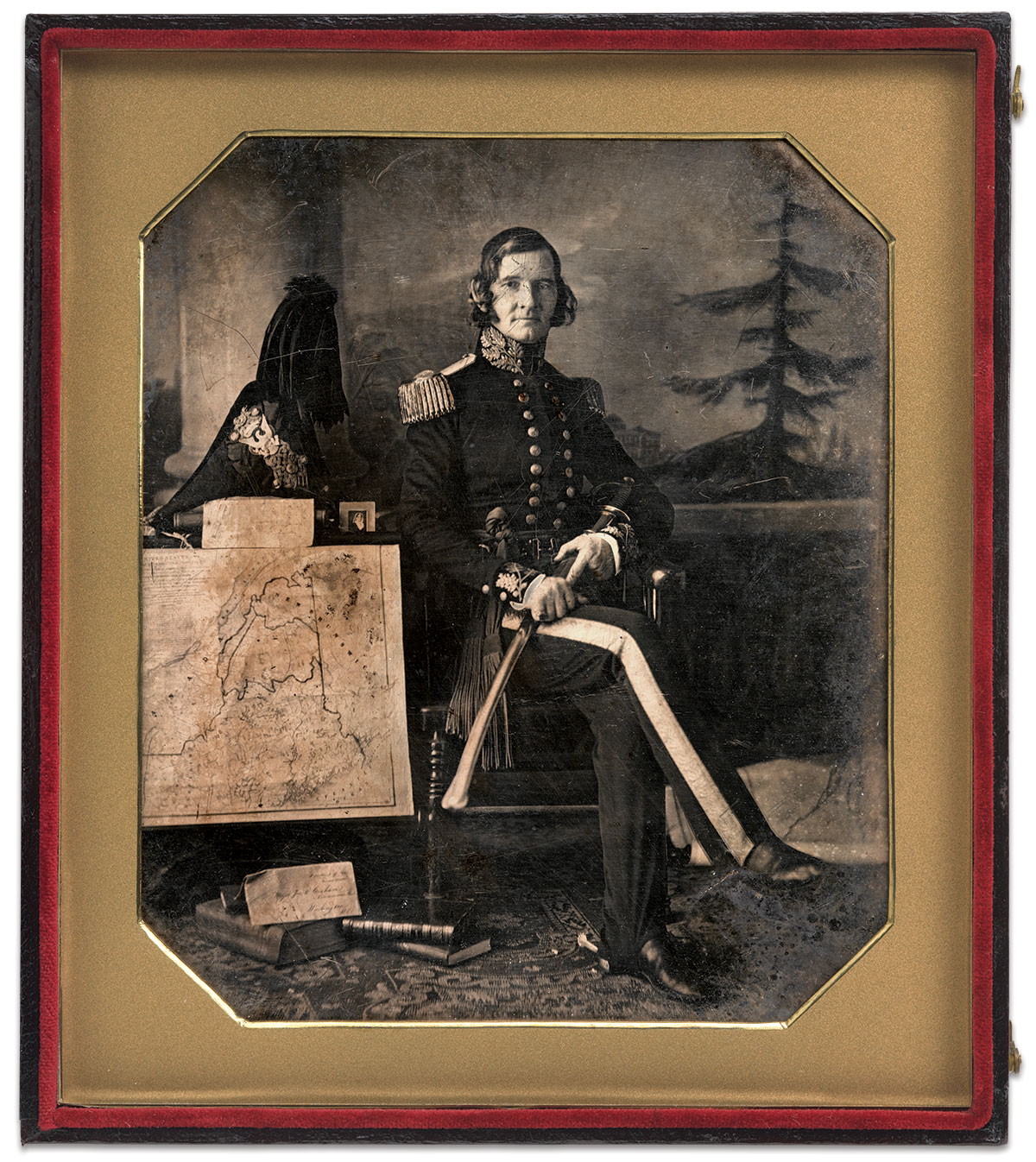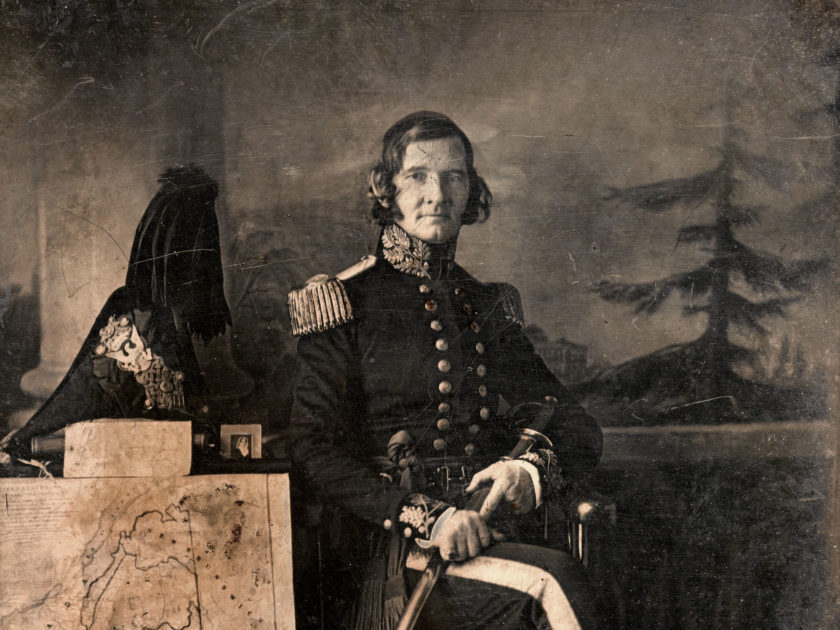When it came to the question of borders, Col. James Duncan Graham was the military’s go-to engineer for answers.
For the better part of the first half of the 19th century, Graham’s topographical work took him across North America—the border of the Republic of Texas, boundaries between the U.S. and Mexico under the Treaty of Guadalupe Hidalgo, and along the borders of the Canadian provinces and the U.S., to name a few.
A native of Virginia, Graham graduated from the U.S. Military Academy in 1817. He began his career in the artillery. But senior officers soon discovered Graham’s talent for survey work, and placed him on detached duty as a topographical engineer in 1822. The assignment eventually became permanent.

One of Graham’s highest profile assignments was a relatively small job: A re-survey of a section of the Mason and Dixon Line in 1849-1850. He was called in after the discovery that the natural course of a brook disturbed an original border stone that marked the northeast corner of Maryland. A local man later removed the stone and used it to build a chimney in a farmhouse. Graham’s survey corroborated the work of his predecessors, but also uncovered a few errors. One correction gained 1.87 acres for Maryland. Another found that a former Delaware legislator actually lived a half-mile inside Pennsylvania.
The respect for his work matched the high esteem in which he was held as a man. According to one biographer, “With an impressive dignity of manner, he combined rare advantages of person and the highest accomplishments of the polished gentleman and distinguished scholar. Scrupulously just and upright in all his dealings with his fellow-men, and scrupulously exacting justice from others, he was generous and kind to a degree that won the affectionate admiration of all whom, in business relations or in social life, he came in contact. He was fastidious but not ostentatious in all the gentle kindnesses, civilities and politenesses that mark the nobility of the true gentlemen. He improved, by constant study and application during all his life, the advantages of a thorough early education, and it is scarcely too much to say that for scientific attainments he had no superior in the country.”
At the start of the Civil War, Graham was on duty in the Great Lakes region, and moved to the Atlantic coast during the summer of 1864. Though his health was failing, he worked right up until the day of his death in Boston on Dec. 28, 1865. He was 66.
SPREAD THE WORD: We encourage you to share this story on social media and elsewhere to educate and raise awareness. If you wish to use any image on this page for another purpose, please request permission.
LEARN MORE about Military Images, America’s only magazine dedicated to showcasing, interpreting and preserving Civil War portrait photography.
VISIT OUR STORE to subscribe, renew a subscription, and more.

